

Alatri sits on a hill at the foot of the Ernici mountains that separate Lazio from Abruzzo and, therefore, it is between the old Papal State and the Kingdom of Two Sicilies.
The mountains take their name from the Ernici people, who lived in these mountains between the valleys of the Liri River and the river Sacco, and about whom there is little information.
Perhaps the real period of peace and splendour for Alatri was centuries before Christ and is visible in the walls and the Acropolis. Legend has it that this is one of the cities founded by the legendary God Saturn and just like others is characterized by cyclopean or polygonal walls.
The mountains take their name from the Ernici people, who lived in these mountains between the valleys of the Liri River and the river Sacco, and about whom there is little information.
Perhaps the real period of peace and splendour for Alatri was centuries before Christ and is visible in the walls and the Acropolis. Legend has it that this is one of the cities founded by the legendary God Saturn and just like others is characterized by cyclopean or polygonal walls.
Read more
In 380 BC the Romans began the conquest of the Ernici and in 306 BC Alatri sided with the Romans gaining some independence and thus a period of prosperity.
In the second century BC a small temple of Etruscan and Italic design was realised. This has been reconstructed life-size at the National Etruscan Museum of Villa Giulia. In 90 BC Alatri obtained Roman citizenship and became a municipality.
Following the fall of the Western Empire, Alatri was invaded by the Barbarians and in 543 AD it was totally destroyed by Totila.
Alatri became a bishopric since the age of Constantine, and up to the early sixth century was the center of one of the oldest cenobitic communities of the West. It then became a comune before 1200, and it was the reference point for all surrounding municipalities that participated in its parliament and provided troops. From thirteen hundred, however, there was a period of decline due to the struggles between the Kingdom of Naples and the Papal States.
Alatri has always been a borderland between the papacy and the kingdom of Naples, and from 1434 fell under direct papal power.
The history of Alatri is characterized by two plagues and two earthquakes, in 1617 and 1654. In the eighteenth century the city had eight thousand inhabitants and an intense social and business life.
After the unification of Italy, the population rose to about thirteen thousand inhabitants and art, literary and political life flourished.
In 1917 the first railway line arrived. During World War II, in Alatri the Fraschette internment camp was established that was in operation between 1941 and 1944.
The urban structure of Alatri reflects its history with the north central area of the acropolis being from the Roman era (districts of downtown) with straight wide roads thanks to the small slope: this area was dedicated to civil and commercial functions. Here in Roman times, in the modern Piazza Santa Maria Maggiore, was the Forum.
On the southern slope and the steep hill is an area called Piagge, which dates back to medieval times and is characterized by narrow alleys often accessible only to pedestrians.
In the second century BC a small temple of Etruscan and Italic design was realised. This has been reconstructed life-size at the National Etruscan Museum of Villa Giulia. In 90 BC Alatri obtained Roman citizenship and became a municipality.
Following the fall of the Western Empire, Alatri was invaded by the Barbarians and in 543 AD it was totally destroyed by Totila.
Alatri became a bishopric since the age of Constantine, and up to the early sixth century was the center of one of the oldest cenobitic communities of the West. It then became a comune before 1200, and it was the reference point for all surrounding municipalities that participated in its parliament and provided troops. From thirteen hundred, however, there was a period of decline due to the struggles between the Kingdom of Naples and the Papal States.
Alatri has always been a borderland between the papacy and the kingdom of Naples, and from 1434 fell under direct papal power.
The history of Alatri is characterized by two plagues and two earthquakes, in 1617 and 1654. In the eighteenth century the city had eight thousand inhabitants and an intense social and business life.
After the unification of Italy, the population rose to about thirteen thousand inhabitants and art, literary and political life flourished.
In 1917 the first railway line arrived. During World War II, in Alatri the Fraschette internment camp was established that was in operation between 1941 and 1944.
The urban structure of Alatri reflects its history with the north central area of the acropolis being from the Roman era (districts of downtown) with straight wide roads thanks to the small slope: this area was dedicated to civil and commercial functions. Here in Roman times, in the modern Piazza Santa Maria Maggiore, was the Forum.
On the southern slope and the steep hill is an area called Piagge, which dates back to medieval times and is characterized by narrow alleys often accessible only to pedestrians.



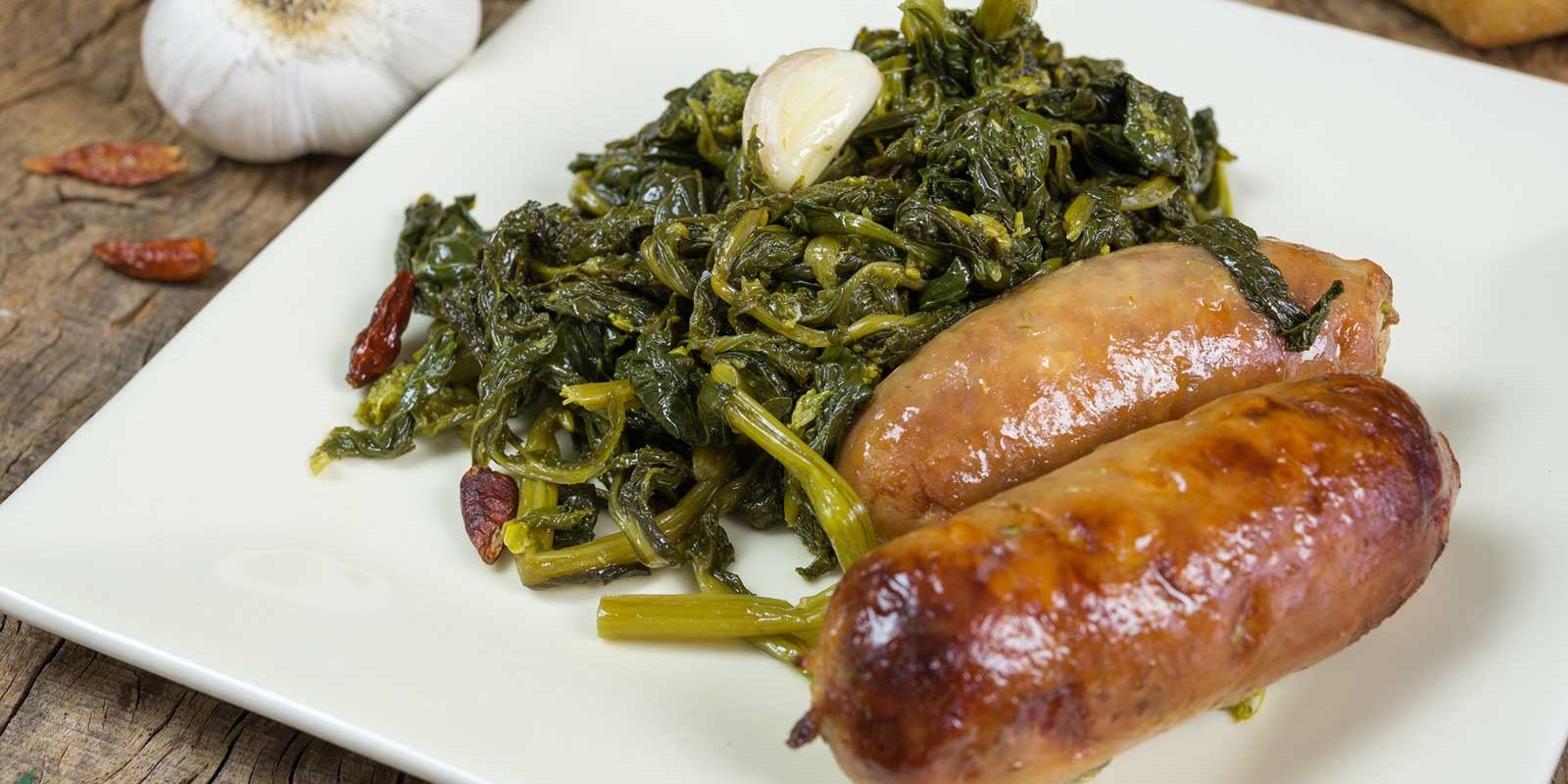
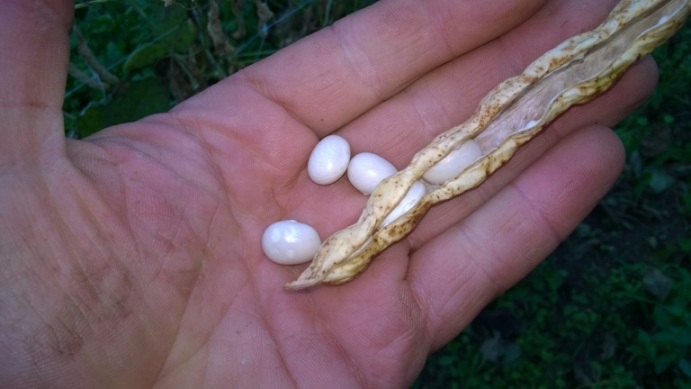


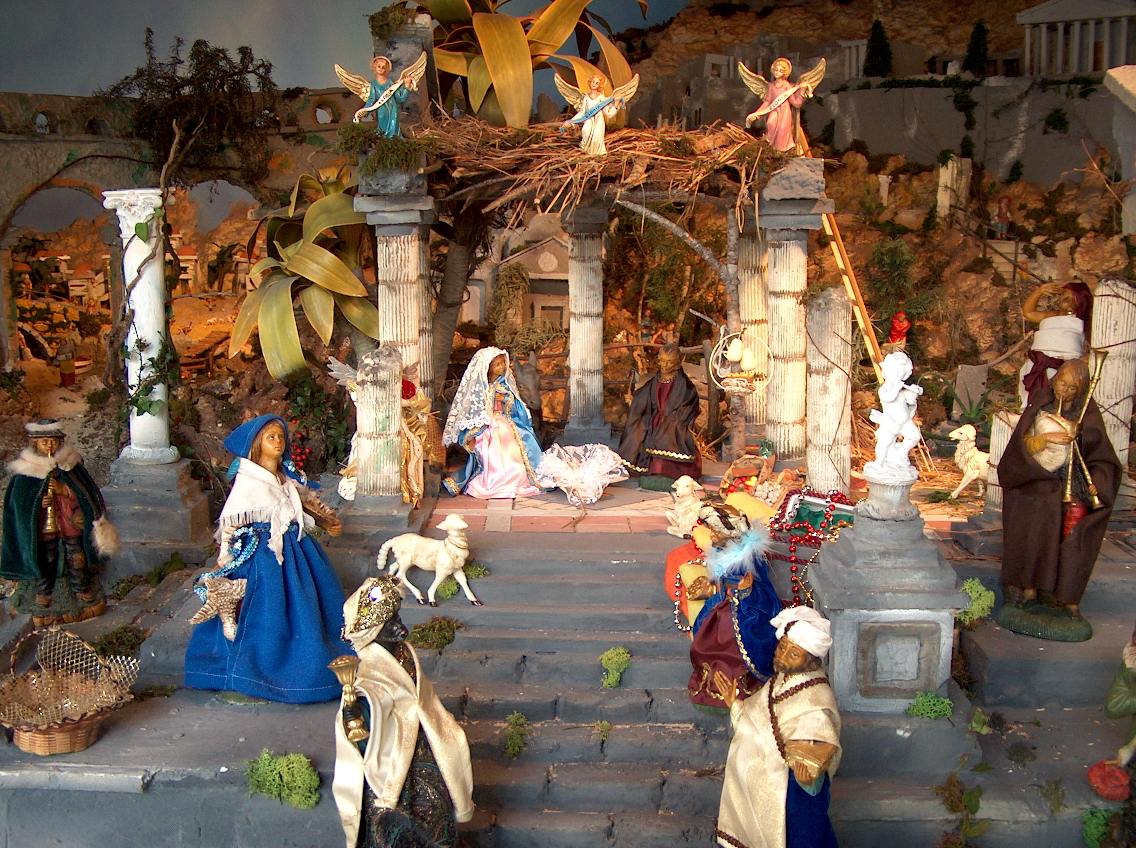


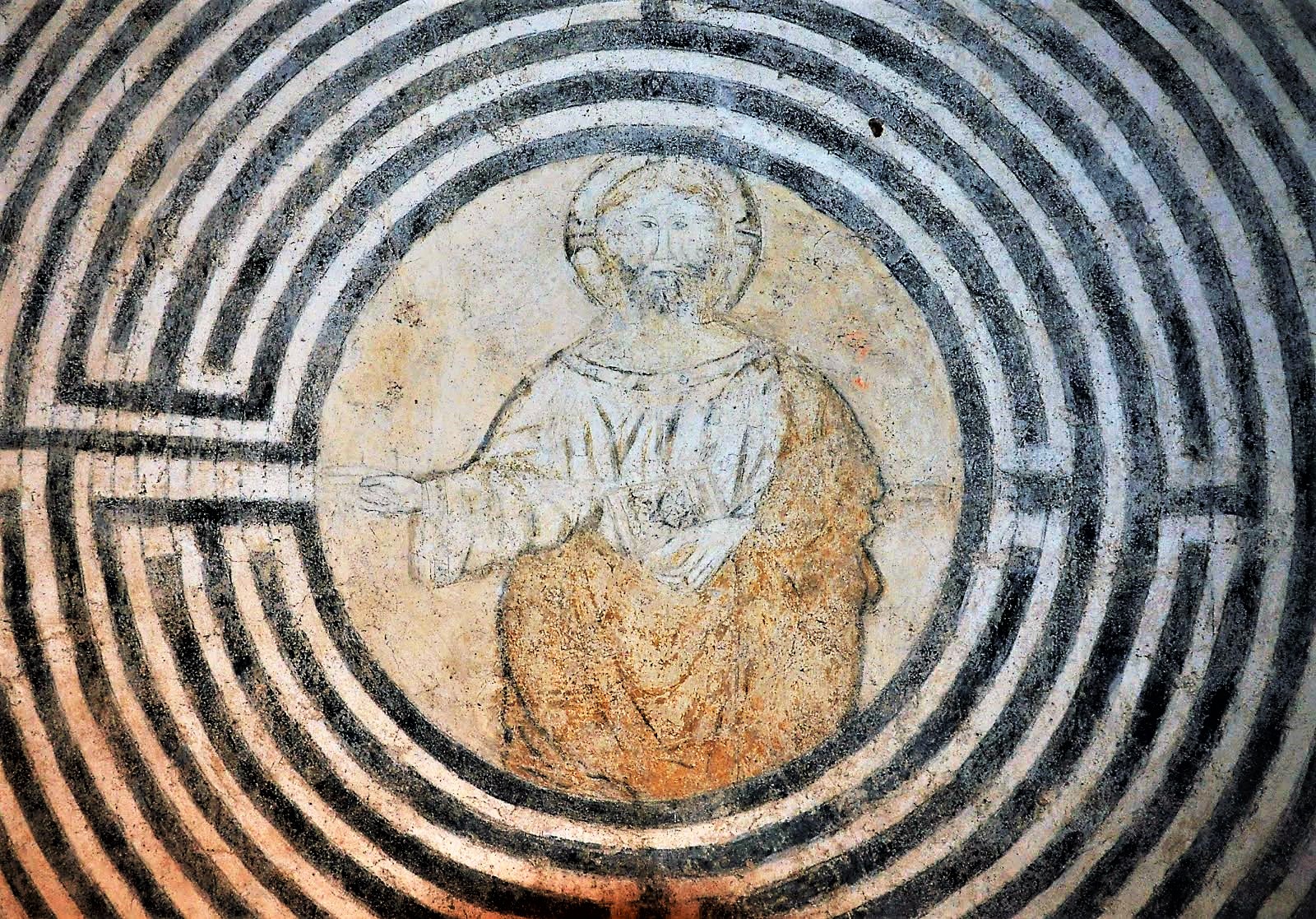




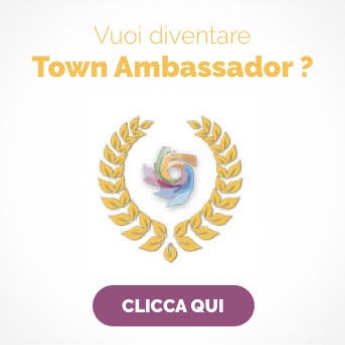


Follow us